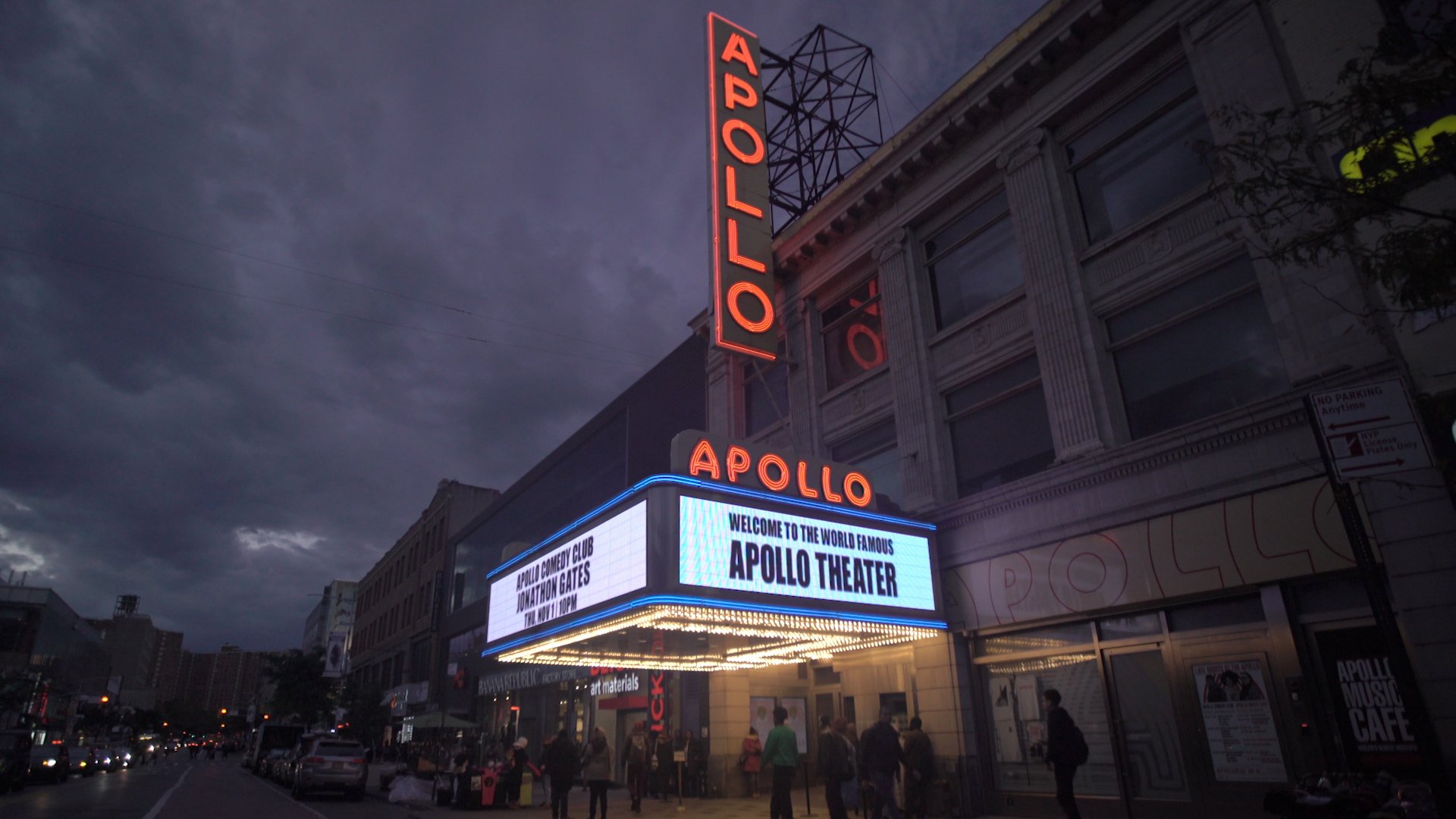Fueling the national and international appetite for a new American canon
The Apollo Theater opened in 1934 in New York City’s Harlem neighborhood. The Apollo is both a commissioner of new work and a presenter of theater, dance, music, comedy, and film. Its vision “imagines a new American canon centered on the contributions of artists of the African diaspora, in America and beyond.”
Pre-COVID-19, on any given week the Apollo was packed with live events, both on its 1,500-seat mainstage and its smaller, flexible black box theater. More than 250,000 people attended performances annually, and the Apollo reached even more through educational programs, tours, and outreach activities. The Apollo had begun investing in its remote reach, asking “who is the Apollo beyond our four walls?” and more broadly sharing its programming digitally through partnerships with Amazon, Facebook, BET, and others, as well as on social media.
When the pandemic brought in-person events to a halt, digital strategy and investment accelerated. “COVID kicked us into gear,” says Kersten Stevens, Apollo’s director of digital strategy and a member of a cross-department digital team that produces work for online audiences. The Apollo developed a digital stage that includes past productions, new content, and related conversations. The digital stage has drawn audiences far greater than the theater’s in-person capacity. Even the very first digital performance reached 140 percent of the Apollo’s physical capacity, achieving 40,000 minutes of viewing time, according to a report documenting the event on the Vimeo channel. In early 2021, the Apollo signed with UTA, an entertainment and talent company that will strategically position the organization to expand its reach across TV, podcasts, film, publishing, and events. Production values are intentionally high.
Also noteworthy was the decision to host the Apollo’s annual benefit online. The organization relies on revenues from this gala event and wanted to find a way to continue to connect with supporters and raise funds during COVID. The resulting online gala drew upwards of 40,000 people, exceeded its fundraising goal, and helped establish production protocols that could be applied to new projects at scale. It also helped convince any skeptical colleagues that the digital stage should become a permanent new realm for the Apollo’s work, benefitting from the same investments in strategy, planning, production, and marketing as the organization’s in-person performances.
The Apollo now has a digital team consisting of various members of both the marketing and communications department, and the programming department, that includes a director of digital strategy, a house director of digital production, an in-house web developer, a social media manager, and an associate producer who supports live streams. Support for planning and implementation has come from grants and contributions, and from participation in Bloomberg’s Digital Accelerator Program with a cohort of cultural organizations from the US and abroad.
“The pandemic became our catapult,” Stevens says. “Change is hard, especially in older organizations like the Apollo. But the pandemic changed everything.” The long-term vision is a channel where the organization can curate and present work that amplifies and embodies its mission.
Speaking to the Apollo’s fast adjustments during COVID, Kamilah Forbes, Apollo’s executive producer, says that, “If culture evolves, institutions have got to be just as flexible to evolve as well.”









